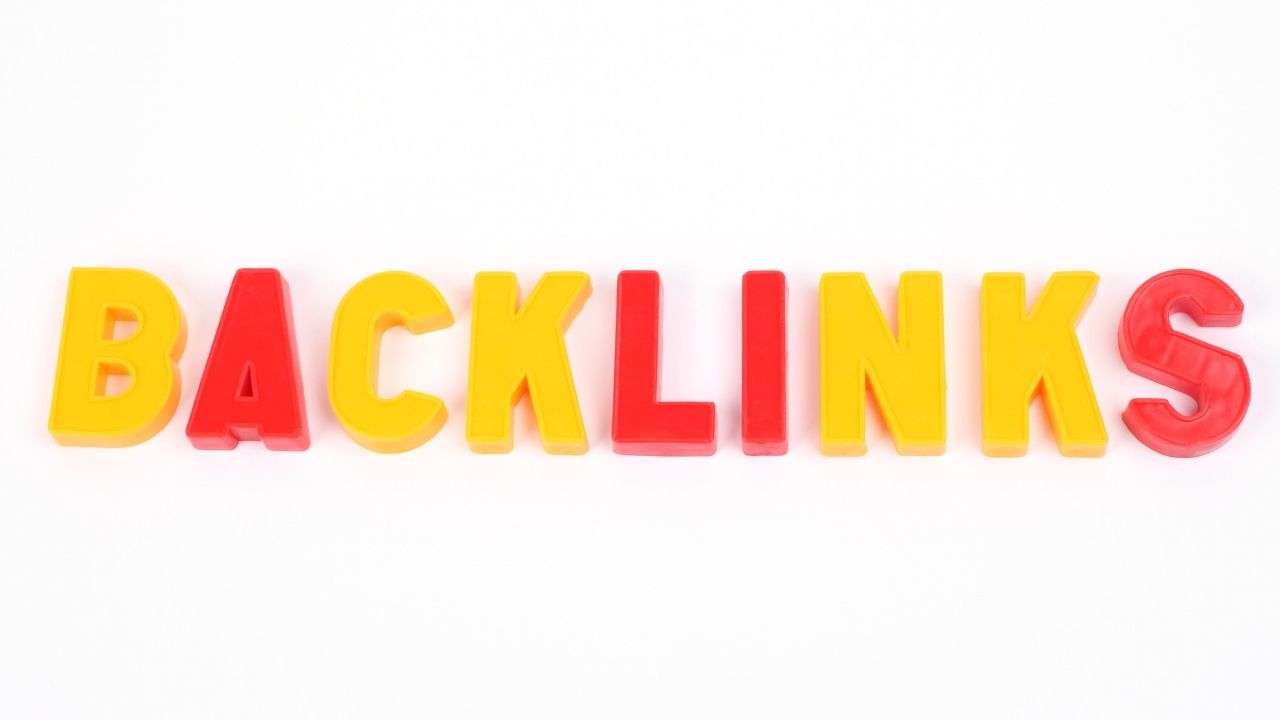
The ideal length for a blog post is between 1200-1500 words. The ideal length is between 1200 and 1500 words. This should not be more than six minutes. The topic of the blog post and the content are also important factors in determining the optimal length. Once you have written many posts that contain good content, it is clear that your article has been well written. If you're still unsure of the ideal blog post length, check out this guide to determine what length is right for you.
The ideal length for a blog post is between 1200 to 1500 words
The ideal blog post length is between 1,000 and 1,500 words. Increasing the number of words per post will increase your chances of getting it seen by more readers and shared more widely. It will also improve SEO. HubSpot found that one-third of its top-performing blog posts are less than 1500 words. The length of your blog posts is important. However, quality content is much more important than quantity. The ideal length of your blog posts is based on your target audience and the value of each word.
The length of your blog posts will depend on the purpose and goals. When optimizing your SEO, remember that search engines consider hundreds of factors when determining your rank. You need to write better content than your competitors in order to be noticed by search engines. Your blog posts should be able to grab readers' attention and provide the information they are looking for.
Long blog posts can be time-consuming. It is common to spend as much as a quarter a day on one post. It doesn't matter if your goal is to write a blog for someone else or SEO. There is a tool that will help. By using a software editor to review your writing as you write, you can optimize the length of your posts. To make your blog post easier to read, you can also optimize it.
Be sure to pick a topic when deciding the length of your blog post. When writing about a product you should be able to clearly explain it. A summary of a product should not exceed 2000 words. To make your article more engaging to your readers, you may want to include visuals if you're writing about a complex topic.
Studies show that longer content is more shared and linked to, and more likely to be read by more people. This is particularly true of opinion-forming and research-backed material. Buzzsumo found that nearly half of all content online was less than 1,000 words. By exceeding this threshold, you increase your chances of performing well on social networks. The effects fade after you reach 2,000 words. For the perfect blog post, the average length of an article should be seven minutes.
It takes less than six minutes to complete
Whether or not your blog post is too long depends on your audience and the content. Longer articles are more useful for user engagement and SEO. But, your blog posts should not exceed 10 pages, so long as they are readable. It is a good idea to have more than one post per day, since this will increase your exposure and improve your SEO performance.

Finally, you need to be able decide what length is best for your audience. The best way to decide the length of a blog post is by asking yourself these questions. Then, you can create a post that addresses these questions. Content will determine the length of your post, but it is a good guideline to keep it between 500-600 words. The content should be representative of your business and brand, regardless of its length. Your audience will love the content that you produce and will return to you for more customers or visitors.
Medium research suggests that the ideal length for a blog post is between one to seven minutes. A post that is longer than seven minutes is typically skipped by readers. While most long-form blogs have between 2 and 3 thousand words, there are some exceptions. For example, a blog that is over six minutes long usually contains many 'how to' steps, so make it as short as possible.
It's full of details
A lengthy blog can be a great asset for your audience. It provides valuable information and encourages people to continue to visit your website. Long blogs are more engaging because they are easy for readers to read, cover a relevant topic and are easy to share. But there are some guidelines to help you write a great blog post. Make sure to have a solid title, a consistent style and structure, and to keep the length within the guidelines above.
Medium research shows that the ideal length for a blog post is seven minutes. As a blog post gets longer, the average time spent reading it increases by approximately seven minutes. One-minute reading is approximately 1,600 words. From a search engine optimization perspective, SerpIQ analyzed the top 10 results to determine the ideal post length. In the calculation of length, sidebar text is also included. The study found that a post lasting seven minutes or more contains more information than a paragraph.
The best length for a blog post will vary depending on the topic. It is easier to explore complex and more broad topics using larger-picture views. Larger posts can be more dynamic. Although the length and content of a post are dependent on their content, if it's well written, it is likely to be read widely. Quality content is easy to scan.
It's SEO-optimized
As long as there have been search engines, the question of what is the ideal blog post length has been around. The exact answer will depend on the topic, but typically it falls between 1,000-2000 words. If you want to get high rankings for SEO, keep your post length within this range. However, if you want to get the most traffic to your blog, it may be a good idea to write shorter posts. By writing shorter posts, your readers won't be bored by reading lengthy posts.

Although some articles are shorter that 2,000 words than others, this doesn’t mean they’re more effective. Many readers don’t seek a guidebook or a Bible; they simply want quick answers and an explanation. Long content isn't always better. Some search queries can be satisfied with as little as 300 words while others require at least 600 words. The best way to find the right length for your blog is to first look at your competitors and determine your audience's needs.
Instead of writing articles full of keywords, it is important to provide quality information to readers. Your keyword should be incorporated only once a month. Your blog posts can be visually enhanced with images to improve their SEO. For your blog posts to be more easily readable, you might consider adding images. And remember, you don't have to write a blog post of 500 words, either.
It is best to write a blog post of around 1,500 words. But, it doesn't matter how long you can write. SEO best practices dictate that content should be informative and engaging. The longer your blog posts are, the higher you will be ranked in search engines for those keywords. Keep in mind that search engines use the average time spent on a web page to determine which keywords are most effective. However, don't overdo it.
FAQ
What Are Some Common Mistakes That People Make While Using SEO
SEO is best done properly. It's important to understand that there are no shortcuts in SEO. You must put in the effort to optimize your website properly if you want to achieve success. A common mistake is to try to trick search engines with black hat methods. Black hat tactics can damage your rankings as well as help them.
What is an SEO Campaign?
A SEO campaign is a collection of activities that are designed to increase the visibility of a specific webpage or domain name on search engines such as Google, Bing and Yahoo. These activities include optimising the title tags and meta description tags, URL structure pages, images, internal links, and page content.
SEO campaigns typically begin with keyword research, identifying keywords likely to increase organic traffic. Once keywords are identified, they should be optimized across the website from the homepage to individual pages.
How much does SEO cost?
SEO costs depend on the size and industry of your business, as well as your budget. A few hundred dollars may suffice for smaller companies, while large companies will need thousands. To estimate how much SEO will cost you, use our SEO calculator.
How Long does it take for PPC Advertising results to show up?
Paid search results can take longer to show up than organic searches because they lack a natural flow. If someone searches for something they expect to find the most relevant results on the first page. Paid search results have to be more convincing to convince people to spend money on advertising on their site.
Statistics
- 64% of marketers actively create SEO campaigns because they help hit multiple key performance indicators (KPIs), including increasing traffic, helping your site rank for relevant keywords, improving your conversion rate, and much more. (semrush.com)
- Which led to a 70.43% boost in search engine traffic compared to the old version of the post: (backlinko.com)
- Deleting those 10k pages is one of the main reasons that he improved his site's organic traffic by nearly 90%: (backlinko.com)
- And 90%+ of these backlinks cite a specific stat from my post: (backlinko.com)
- If two people in 10 clicks go to your site as a result, that is a 20% CTR. (semrush.com)
External Links
How To
How can I determine if my SEO is doing well?
There are many ways you can tell if your SEO efforts are successful.
-
Users should leave your site without clicking anything else if their bounce rate is less than 30%. If your bounce rate is high, it means that your audience is not trusting your brand and/or isn't interested what you have to offer.
-
Multiple pages are visited by visitors to your website. This indicates that people are actively engaging with your site, and finding useful information.
-
Your conversion rate keeps improving. This is because your audience is becoming more aware of your products or services and wants them to buy them.
-
The average time spent on your site is increasing. People spend more time viewing your content.
-
Increased traffic from search engines is a sure sign you're doing excellent SEO.
-
You are receiving more shares on social networks - this means your content is being shared and reaching other audiences than your followers.
-
Forums are receiving more comments - this is a sign that people respond positively and favorably to your work.
-
Engage more with your website by getting more likes (tweets), shares, likes, and likes for posts.
-
Your rank in SERPs is rising, a sign that your hard work is paying off.
-
You're receiving more leads from your website - this shows that people have found your website organically and are now contacting you.
-
You are seeing an increase in sales - this means that people who visited your site looking for your products or services are purchasing them.
-
Your blog post is more popular and gets more comments, which shows that people find the content valuable.
-
Your email list will have more subscribers - this means that people trust your business enough to subscribe to your updates.
-
The sales are increasing - this means that people are liking your products and are willing to pay more for them.
-
You've gained more social network followers, which shows that your fans share your content with others and engage with your brand.
-
You're getting more PR mentions - this shows that journalists are talking about your brand online. This increases your brand awareness and improves your reputation.
-
This indicates that other companies have also recommended your brand.
-
Your website is popular because people keep coming back to it. This indicates that customers are happy and will continue to come back for your services.
-
Your competitors are losing ground. This means that they haven't invested as much in SEO campaigns as you. It makes them look bad.
-
Your brand's image changes - this indicates that your brand has gained popularity among a new set of customers.